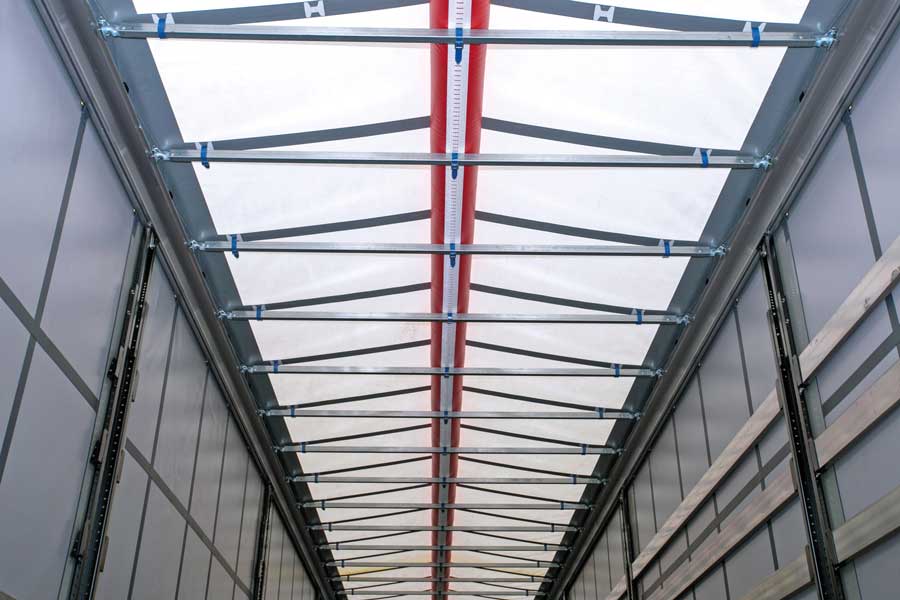A redesigned exhaust gas purification unit positioned close to the engine that works in combination with twin dosing of AdBlue lowers Multivan, Transporter, Caravelle and California NOx emissions by over 50 per cent (RDE cycle) and reduces their fuel consumption by on average 0.5 litres per 100 kilometres.
The new emissions standard with the complicated name EU6d-ISC-FCM, or EU 6 AP for short, comes into force for all passenger cars and light commercial vehicles on 1 January. In the case of the Volkswagen Commercial Vehicles T6.1 range with its very diverse derivatives, which can have a total towing weight (fully loaded plus maximum towed load) of up to 5.3 tonnes, the technical specifications for fulfilling the legal requirements are particularly demanding.

In order to fulfil these tougher requirements without at the same time having a negative impact on handling, it was necessary to make extensive technical changes to the power trains of the EA288Nutz engine range. The central element, from which the German acronym MAR is derived, was the relocation of the exhaust gas purification unit from the underbody to close to the engine in order – via the heat discharged there – to achieve a much faster start-up of the nitrogen oxide purification process. Other factors, however, also contribute to the NOx reduction.They include a new injection system, new exhaust turbochargers, a three-phase exhaust gas recirculation system and, being used for the first time in the Group, the DeNox 5.3 system. There is a second SCR catalytic converter in the underbody. Due to being further away from the engine the exhaust gases here are cooler. No matter how the vehicle is being driven, at least one of the catalytic converters is thus always working within the optimum temperature range and the exhaust gases can thus be treated particularly efficiently. Even when the engine is under great strain, such as when the vehicle is towing or driving very fast on the motorway, the greatest possible degree of effectiveness is thus achieved.

The system now being used in the T series for the first time in a commercial vehicle too is thus the close-to-the-engine exhaust gas purification system found until now only in passenger cars. What was previously already a very high degree of effectiveness is now increased even more, especially in urban traffic.
As a result of systematic enhancement of the exhaust gas recirculation systems (a combination of low and high pressure elements), they achieve best possible emission levels before the catalytic converter. In addition, Volkswagen Commercial Vehicles’ power train development engineers were able by redesigning the exhaust turbochargers to reduce fuel consumption. Through the comprehensive technical measures that they took, they succeeded in reducing consumption across all drive system and engine output variants by on average 0.5 litres of diesel per 100 kilometres. The consumption benefits for each specific model are dependent on the relevant bodywork and drive system variants.

The T6.1 is also the first model in the VW Group to be fitted with the newest system of the SCR hardware being used, the DeNox 5.3. Being introduced alongside this is the TwinDosing system, which enables AdBlue to be injected at two places in the exhaust gas tract exactly as needed. Another new feature is the size of the AdBlue tank, which at 27 litres has almost doubled. Despite better nitrogen oxide conversion and double injection the AdBlue consumption remains, thanks to the more exact dosing, at the same level. It is therefore now possible to drive for much longer than before without a refill. As in the case of the twin-turbo engine a new injection system with a pressure level of 2,500 bar is also being used, it was possible here finally to even increase the maximum engine power from 146 kW to 150 kW / 204 PS. In the case of all other power output levels of the 2.0-litre TDI engine the engine power is not changed by the switch to the new EA288NutzMAR engine generation, remaining at 66, 81 and 110 kW. The performance levels also remain the same.
In the T6.1 this new engine technology is being used initially for the 110 kW TDI power output level in the passenger car models. The commercial vehicle variants and all other power output levels will follow in stages.










